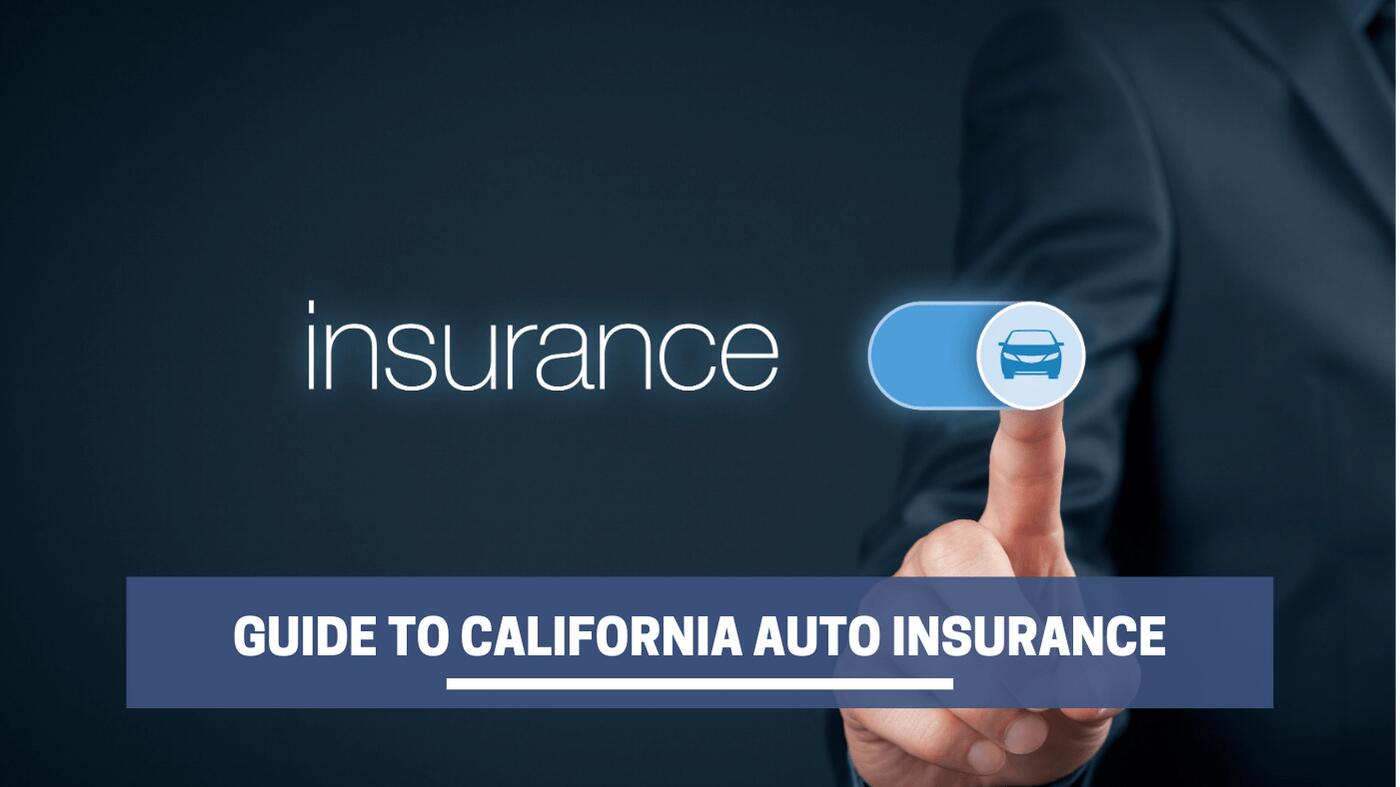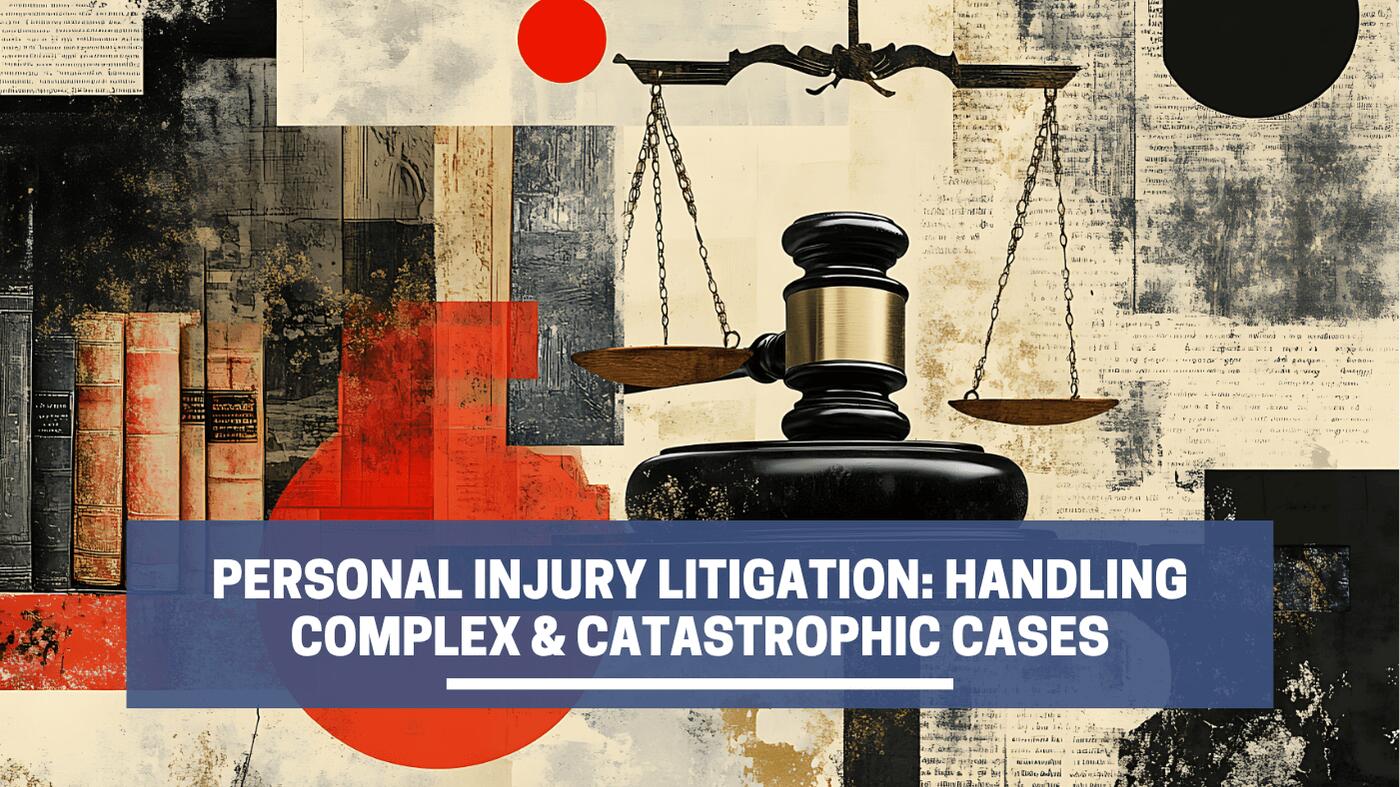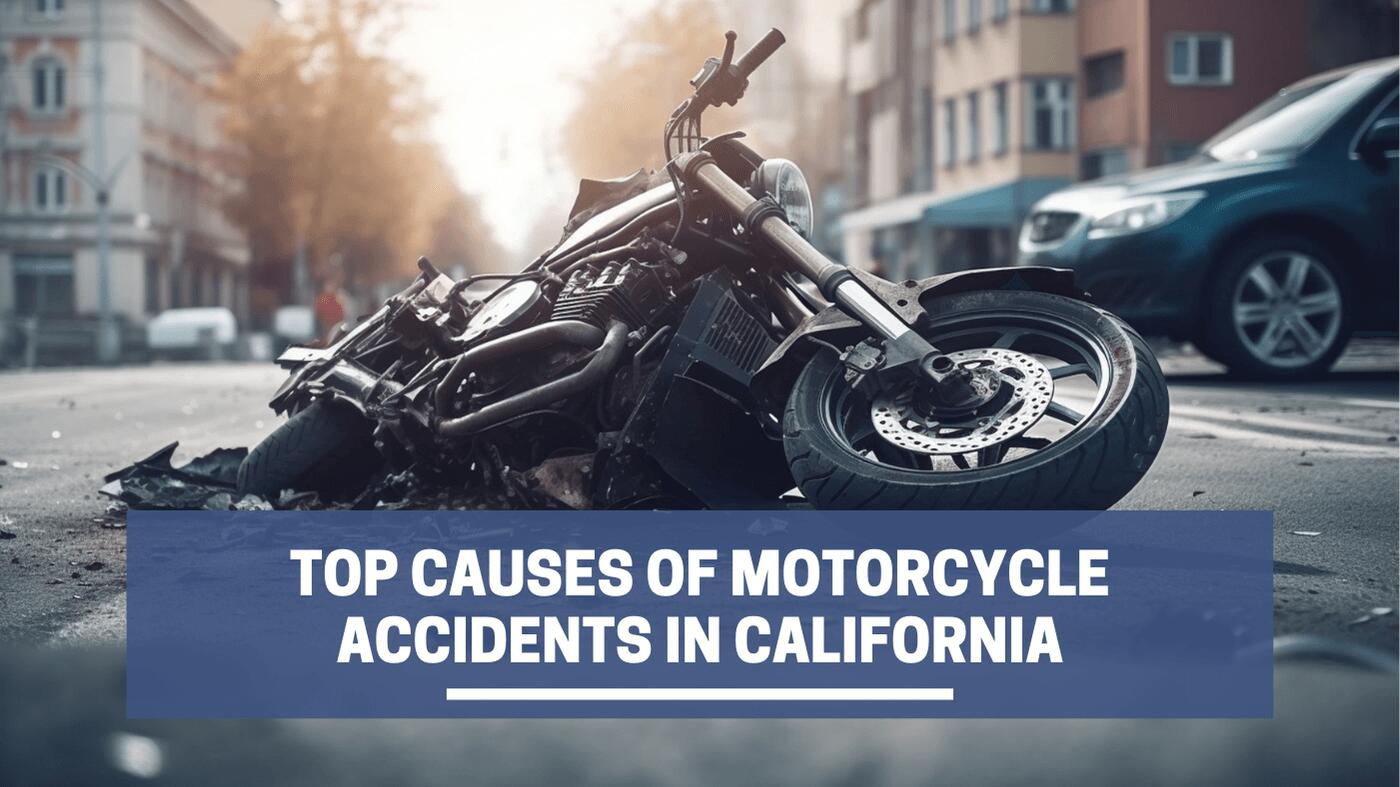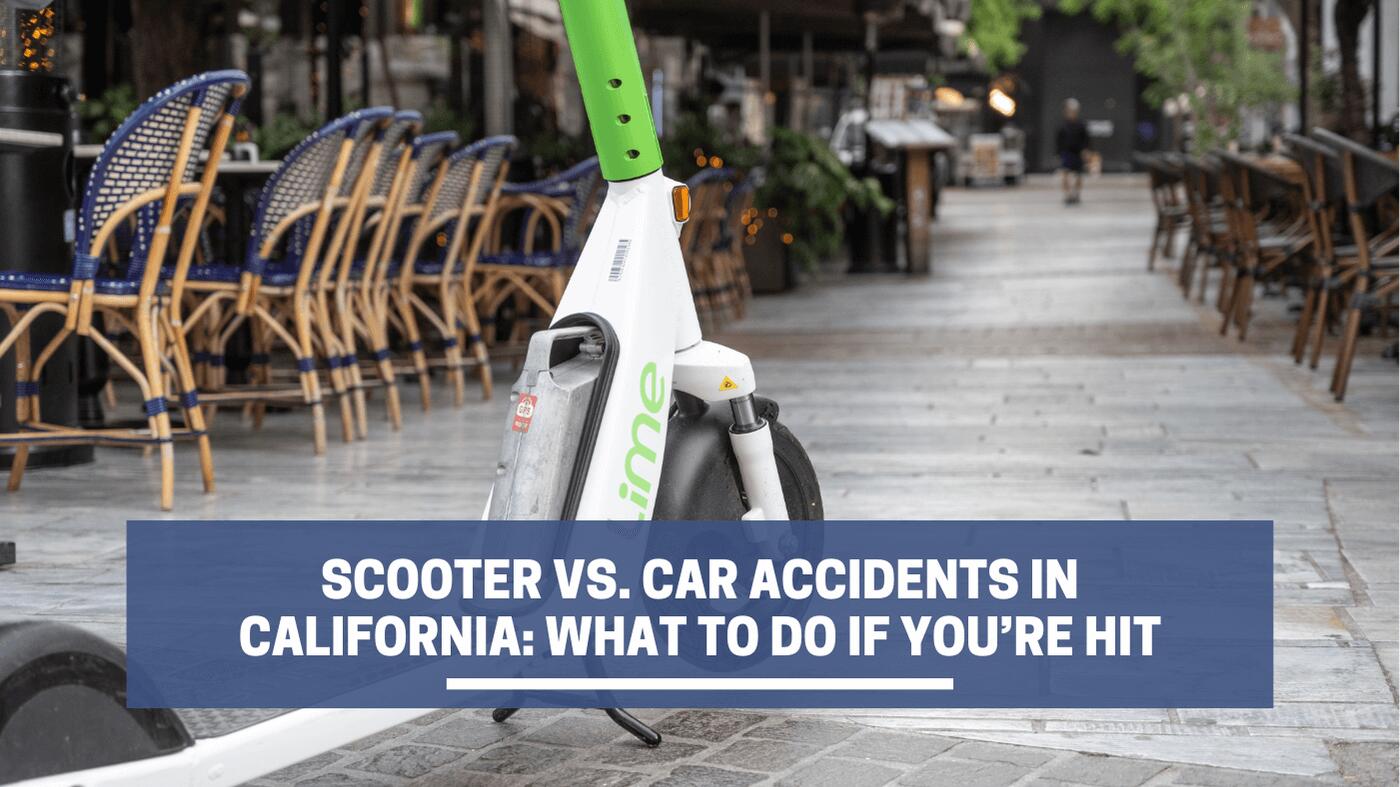Si posee un vehículo en California, debe tener ciertas coberturas de seguro según las leyes de seguros de automóviles de California. Estas pólizas ayudan a protegerlo en caso de accidente., intervenir para pagar las facturas médicas y los costos de reparación del automóvil y reemplazar los salarios perdidos.
Mientras que el estado exige un seguro de responsabilidad, Hay coberturas que puede comprar para obtener protección adicional para estar completamente cubierto en caso de colisión.. Estos incluyen cobertura Med Pay., que paga los gastos médicos, y seguro para conductores sin seguro, lo que ayuda si el otro conductor no tiene cobertura.
Comprender los requisitos de seguro de automóviles de California puede ayudarle a elegir las pólizas adecuadas. Si resulta herido en un accidente, experimentado abogado de accidente de coche puede ayudarle a presentar su reclamo y obtener una compensación justa.
Qué seguro de automóvil se requiere en California?
Según el Código de Vehículos de California, Todos los conductores y propietarios de vehículos de motor deben tener un seguro de responsabilidad civil para automóviles y conservar la documentación que lo acredite. (CVC 16020). La cobertura de responsabilidad paga los daños a otra parte si usted es total o parcialmente responsable de un accidente..
A partir de 2024, debes tener el cobertura mínima de seguro de automóvil en California:
- $15,000 para cubrir las lesiones o la muerte causada a otra persona en un accidente automovilístico
- $30,000 para cubrir las lesiones o muertes infligidas a más de una persona en un accidente automovilístico
- $5,000 para cubrir daños a la propiedad de al menos una persona en un accidente automovilístico
Actualizaciones de los Mínimos Legales
En septiembre 28, 2022, El gobernador de California, Gavin Newsom, firmó la Ley de Protección a los Conductores de California (PCDA) en ley. Esta ley aumentar los límites mínimos del seguro de responsabilidad por primera vez desde 1974 y entrará en vigor en enero 1, 2025. Esto aumentará el seguro de responsabilidad mínima en California a:
- $30,000 Por las lesiones físicas o muerte de una sola persona., o duplicar el mínimo actual
- $60,000 Por las lesiones físicas o la muerte de dos o más personas., duplicar el límite actual
- $15,000 por daños a la propiedad causados a al menos una persona, o triplicar el límite actual
Estos límites estarán vigentes a partir de enero. 1, 2025, a diciembre 31, 2034. En enero 1, 2035, Las disposiciones de la ley aumentarán nuevamente los límites de responsabilidad para:
- $50,000 Por las lesiones físicas o muerte de una sola persona., más del triple del mínimo actual
- $100,000 Por las lesiones físicas o la muerte de dos o más personas., más del triple del límite actual
- $25,000 por daños a la propiedad causados a al menos una persona, o 5 veces el límite actual
Qué coberturas opcionales están disponibles?
Si bien la ley exige que todos los conductores y automovilistas en California tengan un seguro de responsabilidad, la mayoría de las pólizas incluyen opciones adicionales, como cobertura integral o de colisión. Estos ayudan a garantizar que reciba una cobertura más amplia por daños a la propiedad y otras pérdidas si usted causa una colisión o si el otro conductor no tiene los mínimos de responsabilidad requeridos..
A continuación se detallan los tipos comunes de coberturas y sus beneficios.:
- Cobertura de colisión. Este tipo de seguro paga las reparaciones o el reemplazo de su vehículo si resultó dañado en un accidente., independientemente de cuál de las partes tuvo la culpa. Típicamente, debe pagar un deducible por colisión antes de que su póliza de seguro pague el resto, hasta el límite especificado de la póliza.
- Cobertura completa. Las pólizas de seguro con cobertura a todo riesgo lo protegen de daños no relacionados con colisiones, como el robo, desastres naturales, o golpear a un animal. Como coberturas de colisión, Por lo general, debe pagar un deducible integral antes de que su seguro pague el resto., hasta máximos de póliza.
- Pago médico. Cobertura de pagos médicos, también llamado pago médico, ayuda a cubrir los gastos médicos para usted y sus pasajeros después de un accidente. Paga los costos médicos como las visitas al hospital., honorarios del doctor, cirugías, Rayos X, y recetas, sin importar quién tuvo la culpa. A diferencia de los deducibles por colisión o integrales, El seguro Med Pay generalmente no requiere un pago de bolsillo antes de entrar en vigencia.
- Sin seguro / Cobertura para conductores con seguro insuficiente. motorista sin seguro (UN) y automovilista con seguro insuficiente (UIM) Las pólizas ayudan a pagar los daños a la propiedad., costos medicos, y dolor y sufrimiento si usted está involucrado en un accidente donde el El conductor culpable no tiene seguro. o menos del mínimo legal. Este seguro no es necesario, pero las pólizas deben ofrecer cobertura para conductores sin seguro en California.
- Políticas complementarias. Una póliza complementaria es un tipo adicional de cobertura que usted compra para personalizar la protección de su seguro.. Los ejemplos incluyen asistencia en carretera gratuita, reembolso de gastos de alquiler de coches, y seguro de brecha de préstamo de automóvil.
¿Qué sucede si conduzco sin seguro en California??
Conducir sin una póliza de seguro válida en California es riesgoso y va contra la ley. Desafortunadamente, 17% de los conductores de California no estaban asegurados en 2022. Si sufres un accidente sin seguro, te enfrentas a las siguientes consecuencias:
- Sanciones financieras. En California, Conducir sin seguro puede conllevar fuertes multas. Los infractores pueden enfrentar multas que van desde $100 a $1,000, más tarifas administrativas adicionales.
- Suspensión de su licencia de conducir. Si te pillan conduciendo sin un seguro válido, el estado puede suspender su licencia de conducir. Es posible que deba proporcionar un comprobante de seguro y pagar una tarifa de restablecimiento para restablecerlo..
- Confiscación de su vehículo. Las autoridades pueden confiscar su automóvil si conduce sin seguro. Para recuperar su vehículo será necesario un comprobante de seguro y el pago de las tasas de incautación..
- Responsabilidad personal por daños. Sin seguro, si causas un accidente, eres personalmente responsable de los daños a otros, que podrían incluir facturas médicas y daños a la propiedad.
- Aumento de las tarifas de seguro. Una vez que decida contratar un seguro después de no tener seguro, es posible que sus tarifas sean más altas. Las aseguradoras suelen considerar de alto riesgo a los conductores que anteriormente no estaban asegurados, lo que puede conducir a un aumento de las primas.
¿Cómo presento un reclamo si tengo un accidente??
Si estás involucrado en una colisión, el DMV de California y Departamento de Seguros Ofrecer la siguiente guía para presentar un reclamo.. Este proceso le ayuda a obtener una compensación por pérdidas relacionadas con accidentes., ya sea de su póliza o del conductor culpable.
- Garantizar la seguridad de todos. Inmediatamente después del accidente, mueva su vehículo a un lugar seguro, luego llame 911. Solicitar a las autoridades que informen del accidente y a los servicios médicos de emergencia. (EMS) si alguien esta herido.
- Detalles del intercambio. Intercambie su información de contacto y detalles del seguro con el otro conductor o conductores involucrados en el accidente.. Obtener su nombre, Dirección, número de teléfono, Número de carnet de conducir, numero de licencia, y número de póliza de seguro.
- Documente la escena del accidente. Si es posible, Tome una fotografía de la escena del accidente y de sus heridas.. Capturar señales de tráfico, semáforos, las condiciones climáticas, escombros, y daños al vehículo desde múltiples ángulos.
- Informe el accidente a la policía. Informe el accidente a la policía inmediatamente.. Acudirán al lugar y crearán un informe con detalles vitales como la fecha del accidente., hora, y quién pudo haber tenido la culpa. Usted puede obtener este documento y úselo para respaldar su reclamo de seguro.
Si el accidente resultó en más $1,000 de daño, La ley estatal requiere que usted se comunique con el Departamento de Vehículos Motorizados de California. (CA-DMV) y llenar un Formulario SR-1 dentro de 10 dias. - Notifique a su compañía de seguros. Llame a su proveedor de seguros e informe el accidente lo antes posible.. Bríndeles la información y las pruebas que recopiló., y siga su proceso de reclamos con la ayuda de un abogado.
- Busque asesoramiento legal. Póngase en contacto con un abogado experto en accidentes automovilísticos de California. Un abogado puede informarle sobre sus derechos y guiarle a través del proceso legal.. Pueden ayudarle a recopilar y presentar pruebas en su nombre y negociar un acuerdo justo..
¿Cuál es el cronograma para un reclamo por accidente automovilístico??
Las compañías de seguros de automóviles tienen un cronograma estricto para procesar reclamos en California. Esto garantiza que su caso se maneje con prontitud y le ayuda a recibir una compensación rápidamente para que pueda pagar los gastos médicos y las reparaciones del automóvil.. El siguiente es el cronograma general para la resolución de reclamos.:
- A los pocos días de la presentación. Su proveedor de seguros le asignará un ajustador a su caso.. Su función es revisar sus reclamos y las pruebas que proporcionó.. Depende de las circunstancias, Es posible que se comuniquen con usted para solicitar documentos adicionales o aclarar información específica..
- Hasta 15 Días después de la presentación. Su proveedor de seguros debe reconocer su reclamo a más tardar 15 días después de recibirlo.
- Hasta 40 Días después de la presentación. Los proveedores de seguros deben aprobar o rechazar los reclamos dentro de 40 dias, brindándoles el tiempo necesario para realizar una investigación exhaustiva.
- Dentro 30 Días de emisión de una aprobación. Si sus proveedores de seguros aceptaron su reclamo y acordaron pagar, deben iniciar un pago no más de 30 días después de la fecha en que llegó a un acuerdo de conciliación.
Proteja sus derechos después de un accidente automovilístico en California
Sufrir lesiones en un accidente automovilístico puede ser traumático, pero el proceso de seguro de California está diseñado para ayudarle a pagar sus pérdidas y recuperarse lo antes posible.. Conocer sus derechos y coberturas le permite presentar un reclamo rápidamente después de un accidente, conseguirle el apoyo financiero necesario para pagar sus daños.
Con la ayuda de un abogado experto en accidentes automovilísticos, puede asegurarse de que su liquidación refleje sus pérdidas, incluyendo facturas médicas, salarios perdidos, y dolor y sufrimiento. Esto puede ayudarle a reconstruir su vida y volver a la normalidad después de un accidente..











